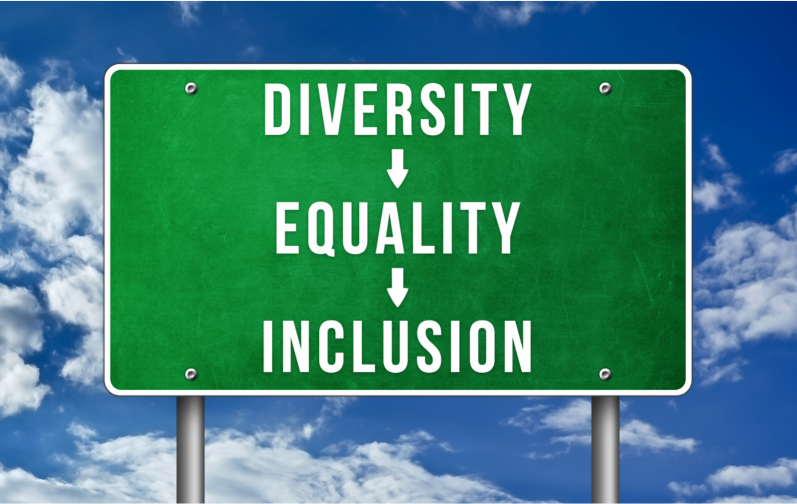As parents, we want our children to grow up as healthy and caring adults. We dream of a future where they succeed and become resilient to any challenges they encounter. However, our knowledge of the world limits our ability to teach them everything they need to know. In the same way that our childhoods were shaped by different circumstances, it’s getting more difficult to teach our kids when we have different experiences. Is there a way to bridge this gap?
Inclusive education begins at home
Raising inclusive kids encourages self-awareness and eliminates prejudice. While inclusion is being studied and talked about in schools, workplaces, and the media, it’s time we start talking about it at home instead of waiting for these institutions to bring it up. But where do we start?
We can’t teach what we don’t know, so educating ourselves with the terms, appropriate language and their use is an excellent first step. We don’t need to have all the answers, but as long as we have trusted sources that are based on reality and facts, we will feel supported to continue with our next set of actions.
1. Consider their learning method
Now that we are armed with information, we have to ensure that our children are prepared to receive it. Do they learn best with play? Do they prefer to read or hear stories? Matching their learning method with our teaching method delivers the best results. Involve their friends if they respond better to that and consider asking their teachers for their observations and support.
2. Survey the neighborhood
Inclusive practice can happen in our own backyard. Are there enough street lamps in our neighborhood? Do our bus stops have waiting sheds? Does the subway have elevators or personnel to assist people with disability? The answers to these questions can be frustrating especially if they don’t exist. However, kids have been successful in making meaningful changes in history by simply writing to the mayor or raising funds through a lemonade stand. Turn actions into solutions!
3. Lead with language
Language is a powerful tool that is often overlooked. When we train our brain to use more positive, people-first words, our body language follows. For example, teaching our kids to say “boy with autism” rather than “autistic boy” allows us to see the boy first, his autism second. It would be good to share a dose of reality with a focus on inclusive language, such as “differently-abled” rather than “disabled”.
4. Expose them to different cultures
The world we live in now may have changed drastically from the one we’ve been raised in. We share experiences with people who come from the same culture, but we often take them for granted when we’re faced with something completely foreign to us. Exposing our children to diverse cultures through music, traveling, holidays, and cuisines are just a few examples to inspire their curiosity.
Inclusive education is lifelong learning
These are only four of the many ways we can teach our kids to be inclusive. What’s incredible is that the process of learning also involves unlearning, which allows us to lose our biases and catch ourselves when we’re excluding others. When we are generous with our time and teach our kids to be kind in reaching out to others, we will benefit from a future that is filled with compassionate people who can survive in any crisis they face.
–
Sources:

